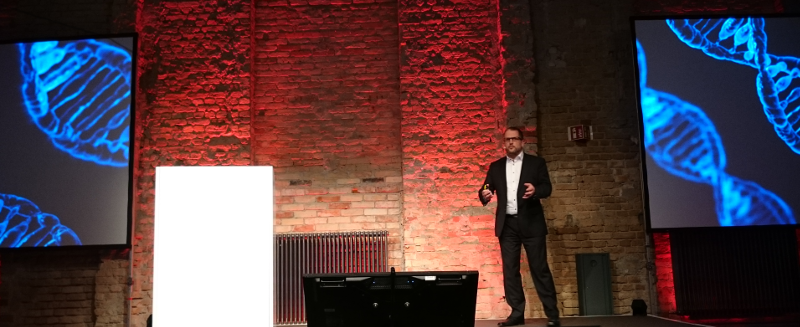I am pleased to say that I will be participating at this year’s Enterprise Data & Business Intelligence and Analytics Conference Europe 18-22 November 2019, London. I will be speaking on the subject ‘From Conceptual to Physical Data Vault Data Model’ and (for sure) on my hobby horse subject temporal data: ‘Send Bi-Temporal Data from Ground to Vault to the Stars’. See my abstracts for the sessions below.
For me and for you it is a fantastic opportunity to learn from leading experts and thought-leaders and where BI, Analytics and Data Management Professionals can meet, discuss and debate on how best to rise to the challenges faced by their organisations today and in the future.View more information on the conference website!
So long
Dirk
From Conceptual to Physical Data Vault Data Model
FastChangeCoTM need to build a new data warehouse for their trading department. Due to past experience (project fails, overtime, etc.) the BI Center of Competence (CoC) decided this time to use a conceptual, a logical and a physical data model: Conceptual models to gather all information about their trading business, logical models to collect their business requirements and cover both relational databases and non-relational technical solutions. For the physical data model, the CoC of FastChangeCoTM decided to choose data vault due to the agility, flexibility and the ability to integrated both relational databases and non-relational technical solutions.
Attendees of this session will be fictitious part of the FastChangeCoTM CoC Team and will work on several exercises to build the new data warehouse.
This session explores basic principles of
- Conceptual modeling,
- Logical modeling and
- Physical modeling.
How to model from a conceptual via logical to a physical data vault model and how to build and access the phys. data model on relational database and non-relational database:
- Design the data structure, e.g. on REDIS. Identify the keys to represent the objects and which values this key needs to hold.
- Design the relational data model.
Send bitemporal data from Ground to Vault to the Stars
Information changes in intricate ways over time. For example, prices for goods change over time and business plans future pricing like discounts for “Black Friday.” These prices may be saved long before they are valid in real life and therefore in operating systems.
The fictitious company FastChangeCoTM decides, to develop for their data warehouse a well-designed bitemporal historization to store this future information about prices. And also enable business users to travel through time to have different views on their data: past, present and future.
The speaker will focus in this session on the method and techniques for getting bitemporal data into a Data Vault and afterwards merging timelines of bitemporal Data Vault Satellites to get data out of the Data Warehouse’s core layer. He will show the attendees bitemporal basics for a better understanding of loading data as well as the concepts to provide star schema dimensions as non-, uni- or bitemporal objects.
What attendees will learn in this session:
- Basic bi-temporal concepts
- Load bitemporal data into Data Vault
- How to merge timelines of bitemporal Data Vault Satellites
- Examples of Data Modeling to get data out of a Data Vault

